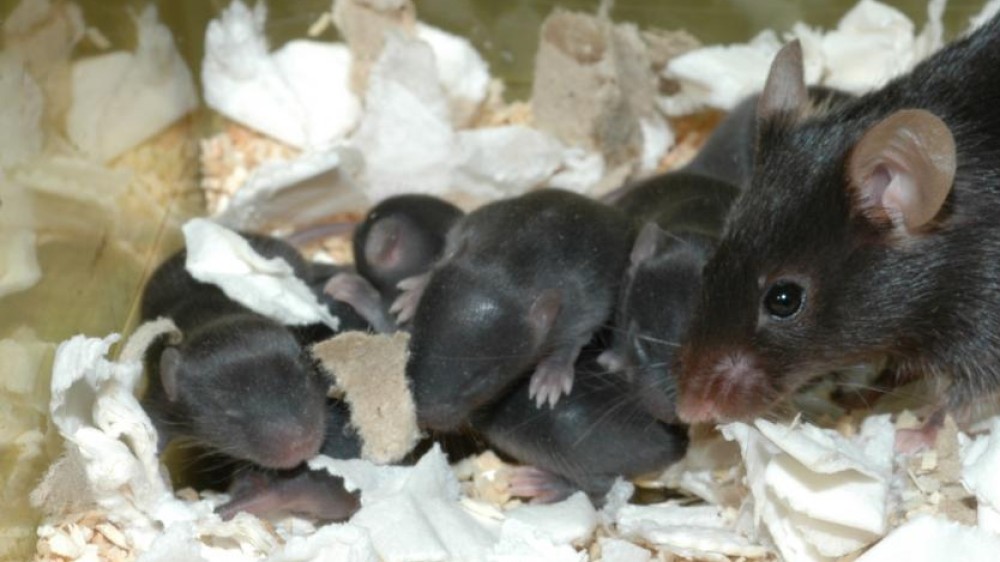Introduction to best practices in confirming, archiving and maintaining strains.
Methods to address common challenges arising when re-starting breeding and animal experiments after a pause.
Definitions of key terms in breeding and colony management.
Practical advice on calculating how many matings to set up, including available breeding calculator tools.
Alternative breeding strategy to avoid unnecessary wastage of animals.
NC3Rs and MRC Harwell joint webinar.
Common breeding and colony management queries.
Key considerations and timelines for cryopreserving a strain.
High-level guidance highlighting opportunities for reduction and refinement.
Get in touch for answers to specific questions about colony management or breeding difficult strains.
About this content
This best practice guidance covers critical aspects of breeding, colony management and archiving of genetically altered (GA) mouse strains, including:
- The importance of confirming genotype.
- Establishing reproductive characteristics and keeping accurate records.
- Why, when and how to archive a strain.
- Avoiding genetic drift.
- Importance of genetic background.
- Choosing a breeding strategy based on genotype (e.g. backcross vs intercross) and timeframe required (e.g. intermittent breeding when no immediate experiments planned, trio matings to expand experimental cohorts).
- How to plan a colony.
This resource also includes a number of different GA mouse breeding scenarios, with guidance on different breeding and experimental design strategies to optimise the use of available animals and minimise surplus animals.
We gratefully acknowledge the Breeding and Colony Management working group for their expert knowledge and contributions to this resource.

